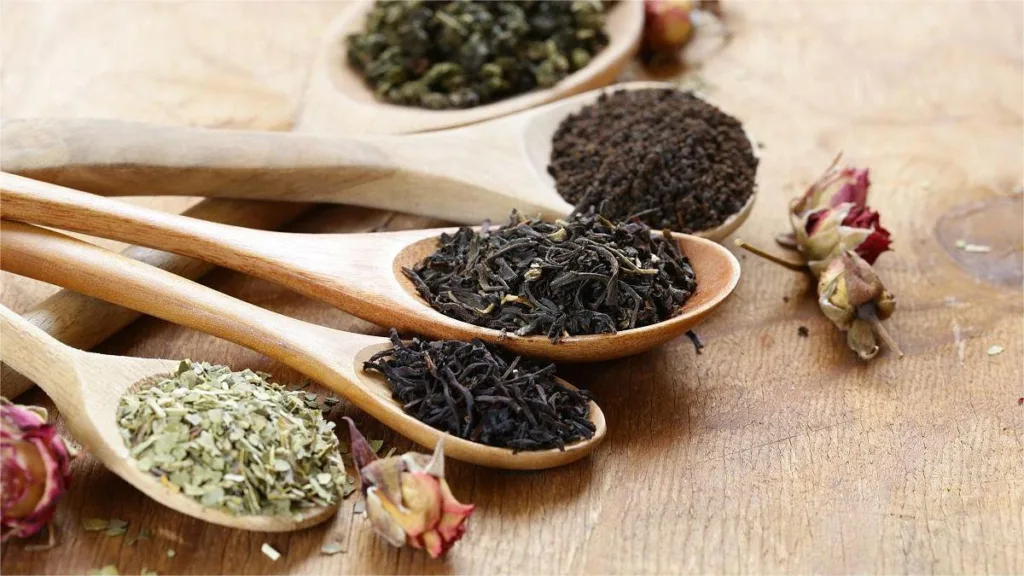Tea, which originated during the time of the legendary Chinese Emperor Shen Nong thousands of years ago, has evolved to become an indispensable part of many Chinese people’s lives. It serves various purposes, from soothing emotions and relieving stress to cultivating one’s character. According to statistics, 53.1% of consumers in China drink tea every day, 36.2% drink it two to three times a week, while 10.7% either rarely consume tea or never drink it at all.
China’s tea culture boasts a rich and ancient history. The country offers a wide variety of tea types, including green tea, black tea, white tea, yellow tea, oolong tea, and more. Different regions and demographics exhibit distinct preferences for these tea varieties. For instance, in northern regions, black tea is the favored choice, whereas in the south, green tea and oolong tea are more popular. In the southwestern provinces of Sichuan and Yunnan, people have a penchant for spicy tea and Pu-erh tea.
In 2022, the domestic tea market in China remained stable. According to statistics, the total domestic tea sales volume in 2022 reached 2.3975 million tons, an increase of 95.6 thousand tons, representing a growth of 4.15%. The total domestic sales revenue was 339.527 billion yuan, an increase of 27.531 billion yuan, or 8.82% growth. The average domestic tea price was 141.62 yuan per kilogram, marking a 4.48% increase.
When looking at different population segments, the gender ratio in 2021 was 51.19% male and 48.81% female. The urban-rural structure was 64.72% urban and 35.28% rural, while the age structure comprised 18.6% for those aged 0-15, 67.2% for those aged 16-64, and 14.2% for those aged 65 and above.
To estimate the number of tea drinkers among the population with actual consumption capacity or a greater likelihood of tea consumption, let’s assume that those who drink tea fall within the age range of 16 to 64. In this case, the approximate number of tea drinkers would be:
Total Population (aged 16-64) x Percentage of Population (aged 16-64) = 14 x 67.2% = 9.408 billion people
Assuming the tea consumption is 2.4 million tons, the per capita tea consumption would be:
Tea Consumption (in tons) / Number of Tea Drinkers (in billions) = 2.4 million tons / 9.408 billion = 25.51 kilograms per billion people per year
This means that, on average, each person within the 16-64 age group in China consumes approximately 25.51 kilograms of tea per year, which is roughly equivalent to 5.6 pounds.
While it might seem like a modest amount for an entire year, it’s important to consider a few factors. Firstly, the age group from 16 to 64 is quite broad, and the tea consumption percentage varies within this range. Secondly, when one consumes 5.6 pounds of tea annually, it implies a regular consumption pattern, typically around 5 to 10 grams per day or drinking tea on 3 to 5 days a week. In this context, 5.6 pounds of tea can last a considerable amount of time.
For perspective, my personal tea consumption averages around 5 to 10 grams per day, which adds up to 1,825 to 3,650 grams annually, or approximately 4 to 7 pounds. Considering this consumption level, it’s evident that a significant portion of the Chinese population has a habit of drinking tea.



